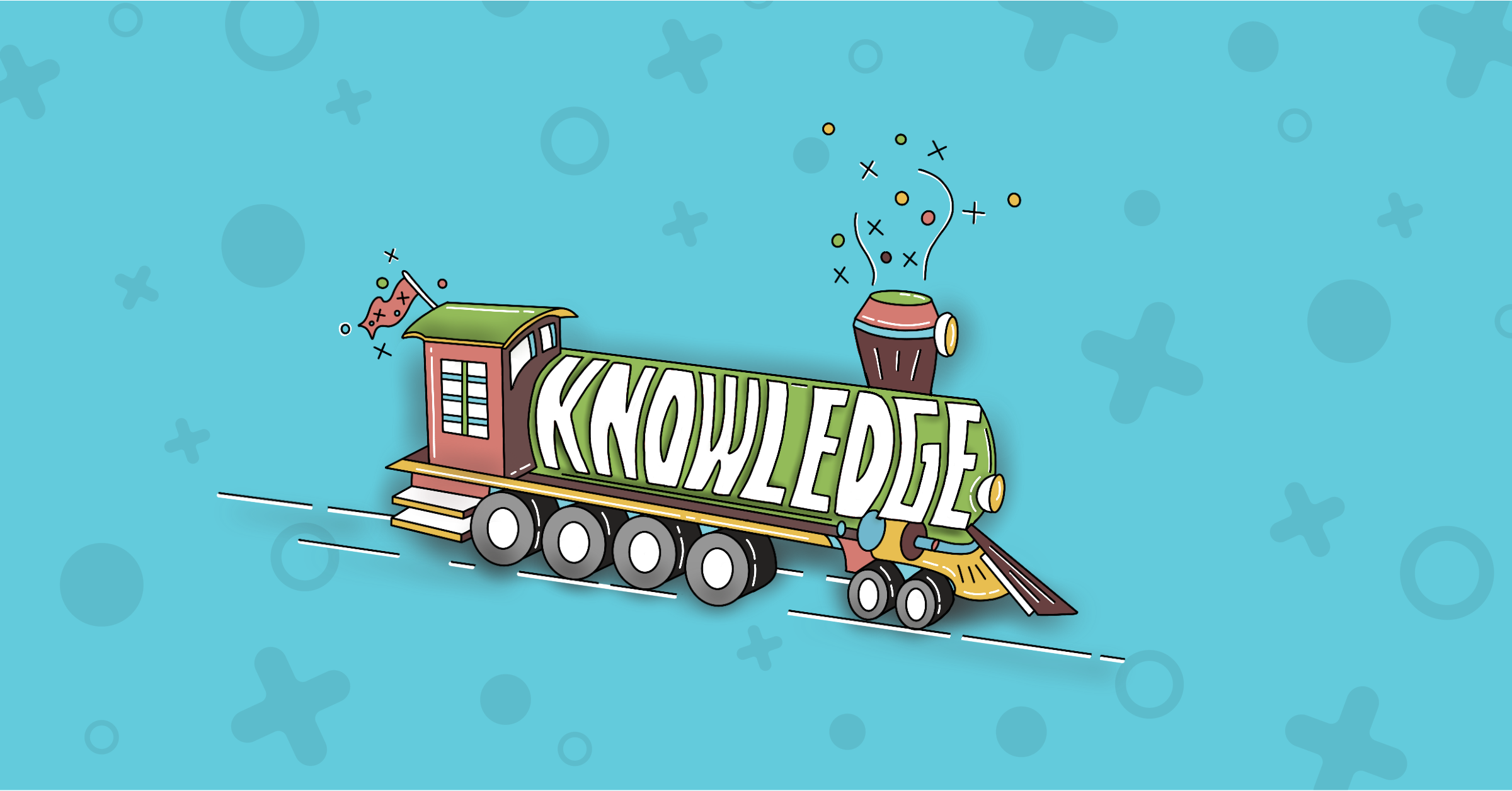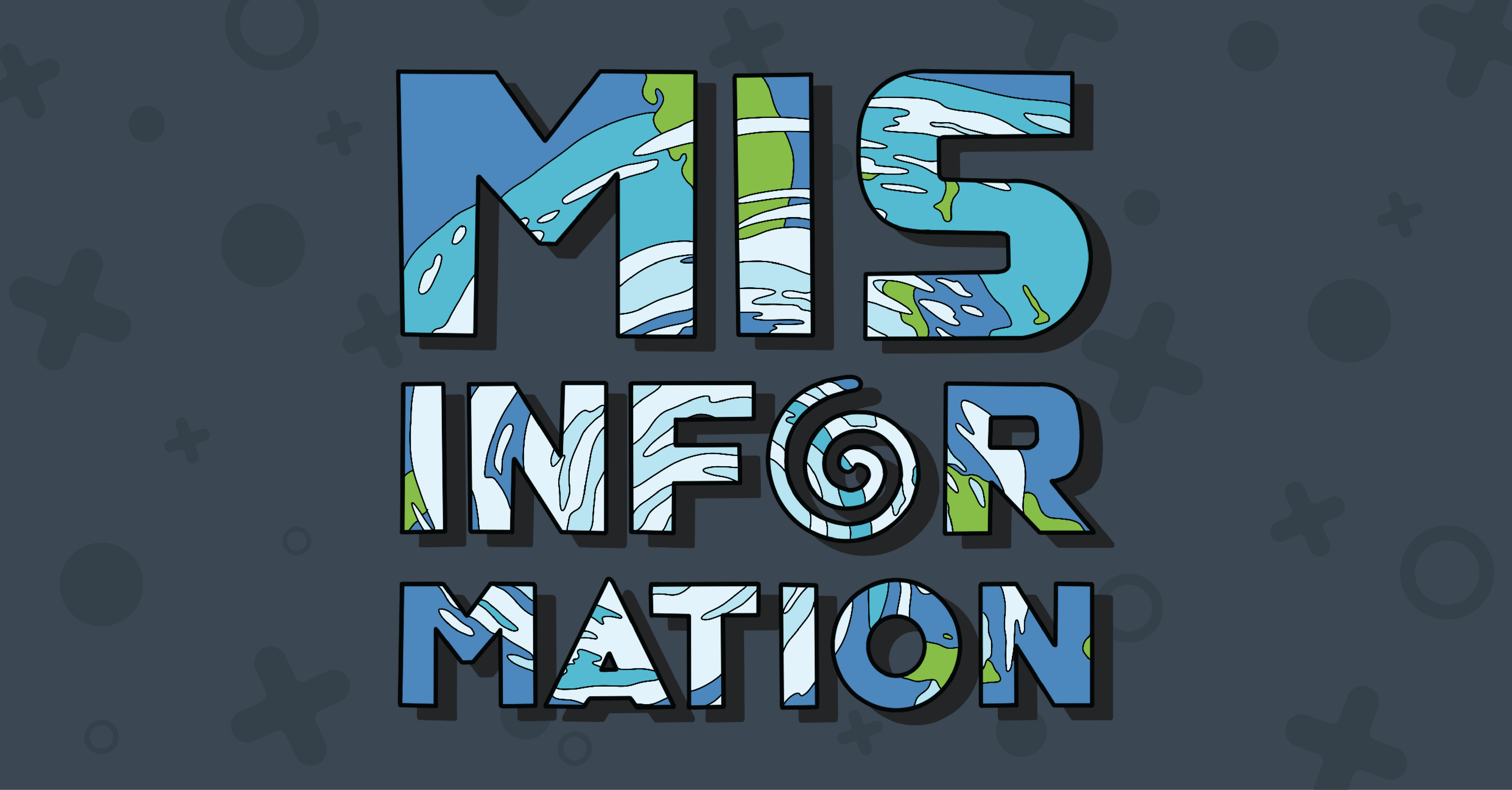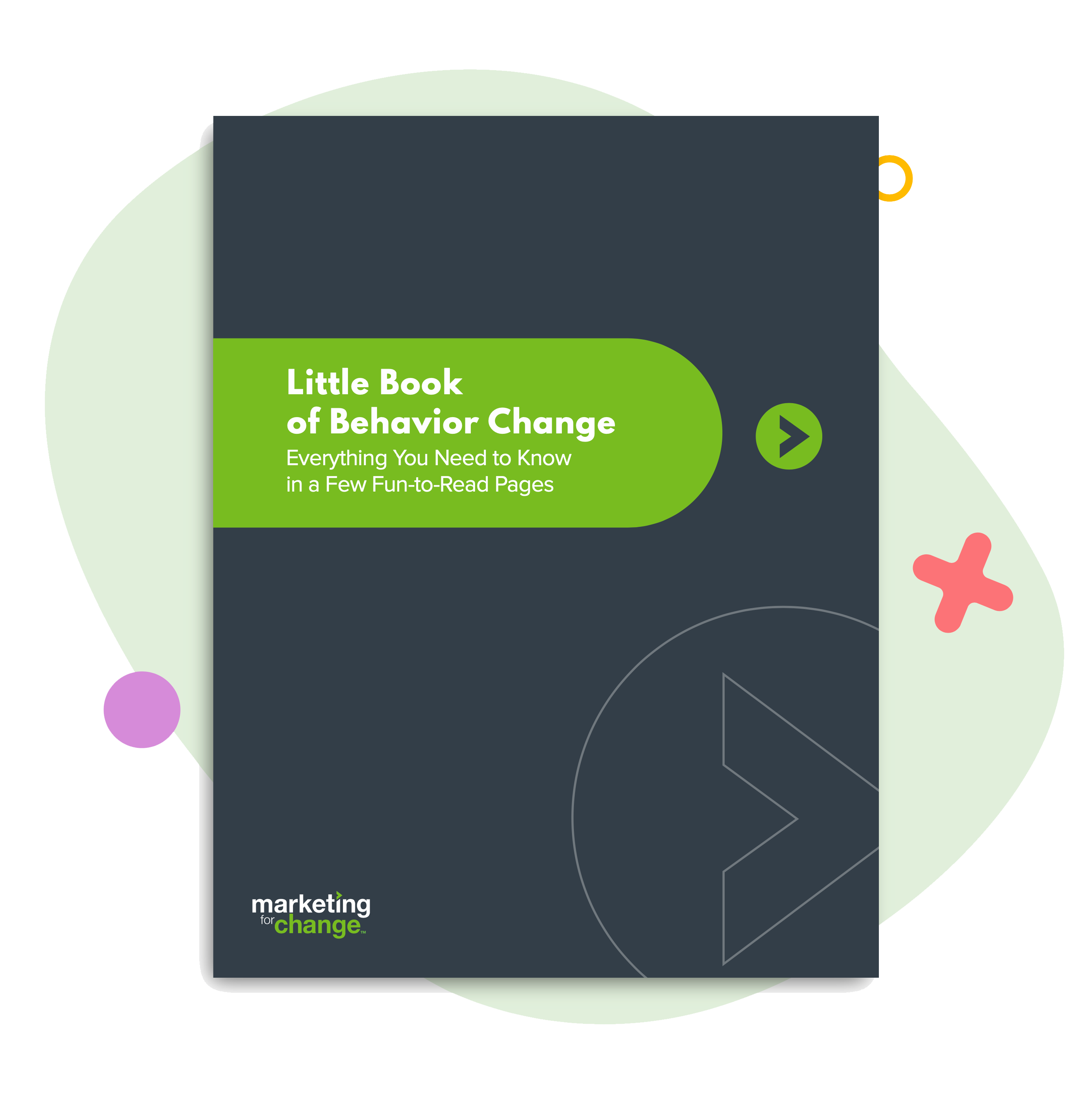
You’ve Jumped off the Knowledge Train. How Do You Sell It up the Chain?
We often talk to you about awareness campaigns like we’d talk to a friend about her “bad boy” phase. We’ve warned you of its shortcomings. We’ve talked through tips. And we’ve certainly let you know that you can do better (because you’re a catch, okay?).
But that might not be enough for you.
You’re a leader, not a lone wolf. You may have accepted that knowing more doesn’t mean your audience will do better, but you have a boss, a team and colleagues whose support you need and implementation you depend on. And let me guess – they LOVE awareness campaigns. Many working for social change do. They’re impacting important issues — perhaps quite literally saving lives and improving communities. When that’s your reality, it’s almost impossible to view the issue through unbiased eyes. It becomes easy to believe that if people knew more and saw the issue as you do, they’d be ripe and ready to act.
But you’ve already seen the light. You’re all about overcoming the awareness-action gap. You know that a common thread among campaigns that measurably change behavior is that they focus on what people need, not just what they need to know. You get that it’s behavioral science best practice to pair awareness or knowledge with more powerful influences of behavior. So what’s the best way to convey all of that to your team?
Well…don’t.
Because that too would be leading with awareness — throwing around a bunch of facts and best practices without also considering what deeper needs must be met.
(Yes, that question was a trap. I couldn’t help myself).
Getting the support of your boss and team is no different than encouraging action by an audience. Focus on how they need to feel, not just the facts. Lead with what you can provide, rather than proof of your point.
Start with assessing your team’s needs in relation to the campaign you’re trying to launch. Figure out how your new, non-knowledge-only approach can meet those needs. Then frame the conversation accordingly. It’s building an offer. We’re kind of obsessed with it. Because it works.
Every team is different, and I don’t know yours, but I have seen some themes. Often, your boss or team is on the hook to show that your campaign got results, got attention, or expanded the base of people who are ready to rally around your cause. Let’s use those examples to talk about how to frame moving beyond knowledge as a more effective way to meet team needs.
If your team needs to get results:
A knowledge- or awareness-based campaign is successful if the audience knows about the issue. That can be hard to measure. A behavior change campaign is successful if the audience completes a call to action — signing up, calling in, clicking here, visiting there. That’s easy to measure. And ripe with opportunity. You never want to cloud your content with too many calls to action, but over the span of a well-designed behavior change campaign, you can embed many opportunities to measure — big and small. You can measure everything from the number of people who got a vaccine to the number who clicked on your vaccine ad. Designing your campaign not around awareness, but around these measurable calls to action, means that you’ll have tangible results to show in your next board meeting, funding call, or annual report.
If your team needs to get attention:
Sometimes an important measure of success is that your board or your boss was impressed with the output of your campaign. That means you need to get creative, but focusing on knowledge alone can be stifling. You’re bogged down in (depressing) facts and (confusing) figures. Your goal becomes cramming in as much information as possible, rather than building the most compelling audience experience. That changes when you decide to move beyond awareness. Your focus becomes presenting your well-designed offer in the most engaging way. You’re free to use fewer words and more visuals. You insert humor and humanity. Breaking out of the confines of a knowledge-only campaign helps you dig into creating a highly engaging one.
If your team needs to expand your base:
I can’t close out this piece without clarifying that knowledge can — and often does — have a role to play in campaigns. I’m just cautioning you against making it your only offer to your audience. One place that knowledge can come in handy is if your team needs to expand your base of supporters — folks who are ready to vote, support, and share whenever you call on them. You will need to educate them about the issue. But it’s all about the approach. We call it Connect, Counsel, Convert. Instead of leading with why your issue is important or proving that you are right, you first connect through shared values (“We, like you, love fishing in our local lakes”). Then counsel — help them see how getting involved with your issue addresses their needs (“But did you know the fertilizer we put in our lawns is flowing into those lakes – reducing the number of fish and covering the lake with algae?”) Finally, you convert — give them a clear call to action related to joining your base (“Join in our efforts to protect our fishing fun.”) The “Counsel” stage was the perfect place to increase the audience’s knowledge. It was only presented in the context of addressing a need and it was concise — I didn’t drone on or feature every nuanced detail. The key is that I focused on getting a foot in the door with a behavior-based approach, rather than kicking down the door with knowledge.
Even though your boss and your colleagues are savvy communicators, at the end of the day, they’re people too. So in your push to pull them off the knowledge train, remember that. Show how a new approach can meet their deeper needs, and you might just find yourself making more effective change.

Meisha Thigpen is Creative Director at Marketing for Change.





